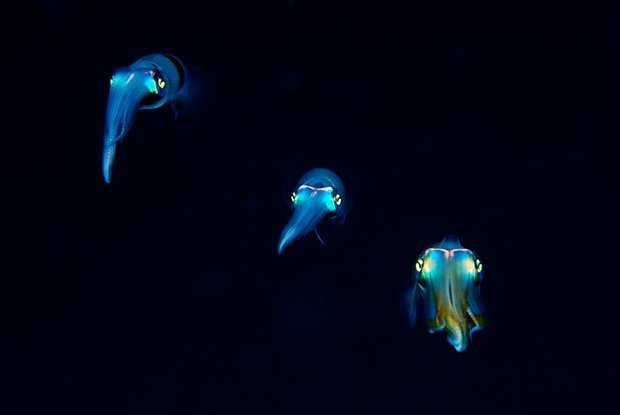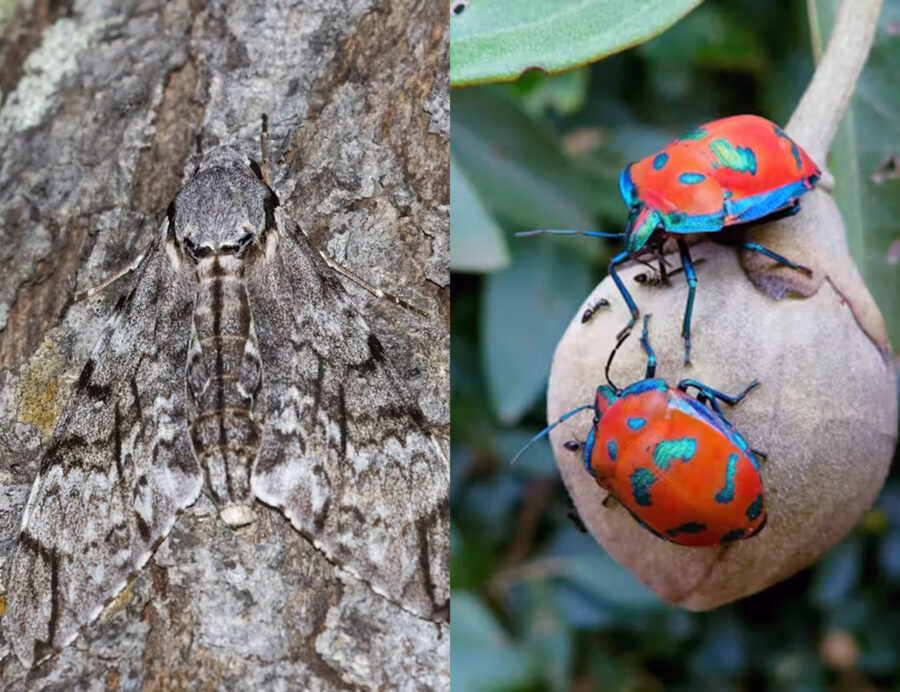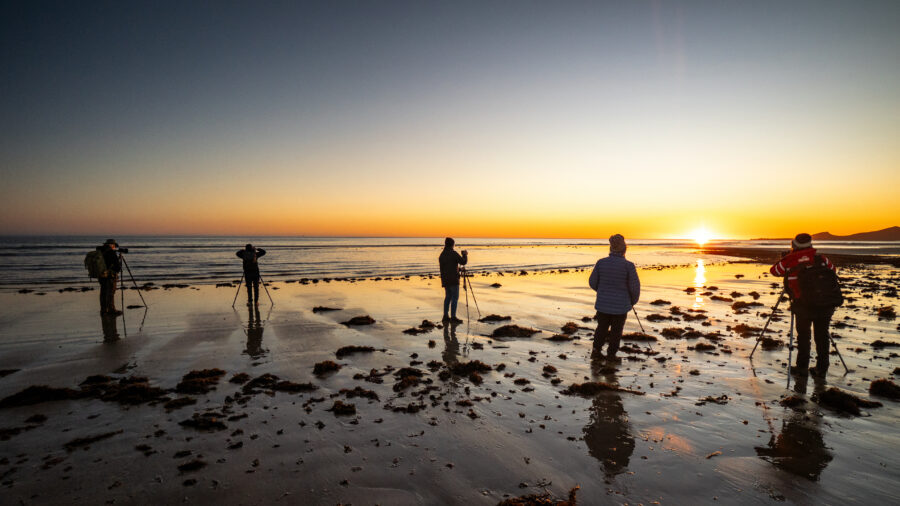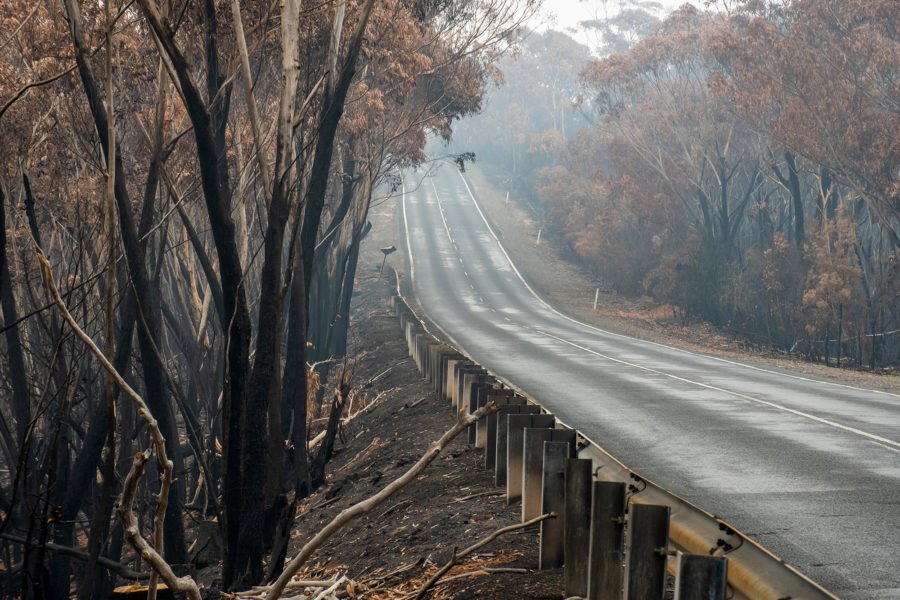Best science and nature photos of 2012: ANZANG

AS USUAL AUSTRALIAN natural history photographers spent last year pretending to be dirt, trees, rocks, grass and kelp; or waiting for the perfect light to settle; and generally being very, very patient. The best results of which, all 1300 photos of it, arrived in the laps of the three judges of the annual ANZANG natural history photography competition in March.
This large number of photographs were sent from all over the large biogeographic region that includes Australia, New Zealand, Antarctica and New Guinea, hence the acronym ANZANG.
Judging ANZANG photographs
Judges – photographer Ofer Levy, Tim Hamilton of CSIRO Publishing and our own long-time deputy and picture editor Chrissie Goldrick – took two days to shortlist 100 entries and anoint a winner.
“We had some fairly robust discussions during the judging” says Chrissie. “We disagreed on quite a lot, but we agreed on quite a lot as well. It’s not as subjective as some other things; there are some core common qualities that make up a good photograph.”
Holed up at the South Australian Museum , they debated the merits of each photo, but Wayne Osborn’s winning shot of three squid glowing in a back abyss was a standout from the moment it surfaced in the pile.
“When we saw that, we knew it was the winning shot. It’s not like we had to look at all 1300 other entries before we knew. It just kind of had that ‘x-factor’ about it,” says Chrissie. “It just combined a whole lot of things – it was quite an interesting natural phenomena in the bioluminescence; the composition of it just seemed to work – it’s like the three creatures had been posed; and it almost had a comical quality.”
ANZANG’s appeal to photographers and editors
The competition itself will celebrate 10 years next year, and though it attracts many talented photographers – some of whom make it into the pages of Australian Geographic – it has kept a strong sense that the work is done for love not money.
“It’s not a competition that’s been set up by any large commercial organisation; it was actually set up by a Perth surgeon who was a keen amateur photographer. And it was run through the West Australian Museum at the time, so it’s always had that feeling of having a natural fit with that type of scientific institution,” Chrissie explains.
Today the contest is run through the South Australian Museum, which also runs the Waterhouse Prize (the natural history art prize), a duo that fit together nicely Chrissie adds.
Chrissie, who has been following standout photographers since the competition’s inception, says it’s revealed many talents to her over the years.
“There are some really, really good non-professional photographers out there, and because it’s quite hard to make a living in natural history photography, they don’t always come to our attention.”
RELATED STORIES




